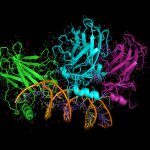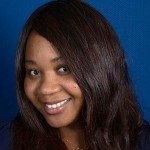Lien vers Pubmed [PMID] – 15887188
Proteomics 2005 Jun;5(9):2351-63
Mammalian proteasomes are macromolecular complexes formed of a catalytic 20S core associated to two regulatory complexes. The 20S core complex consists of four stacked rings of seven alpha or beta subunits. Three beta subunits contain a catalytic site and can be replaced by three interferon gamma-inducible counterparts to form the immunoproteasome. Cells may constitutively possess a mixture of both 20S proteasome types leading to a heterogeneous proteasome population. Purified rat 20S proteasome has been separated in several chromatographic fractions indicating an even higher degree of complexity in 20S proteasome subunit composition. This complexity may arise from the presence of subunit isoforms, as previously detected in purified human erythrocyte 20S proteasome. In this study, we have used a quantitative proteomic approach based on two-dimensional gel electrophoresis and isotope-coded affinity tag (ICAT) labeling to quantify the variations in subunit composition, including subunit isoforms, of 20S proteasomes purified from different cells. The protocol has been adapted to the analysis of low quantities of 20S proteasome complexes. The strategy has then been validated using standard proteins and has been applied to the comparison of 20S proteasomes from erythrocytes and U937 cancer cells. The results obtained show that this approach represents a valuable tool for the study of 20S proteasome heterogeneity.



